Incident Code
Incident Date
Location
Geolocation
Geolocation
Airwars Assessment
(Previous Incident Code: ISPT082)
As many as 49 civilians, including up to 18 children, were killed in the deadliest single event of the May 2021 Israeli – Palestinian conflict, which has become informally known as the ‘Wahda Street Massacre’. Dozens more were injured – as many as 50, according to Sana News – in a series of Israeli airstrikes that hit al-Wahda Street in the Rimal district of Gaza City in the early hours of 16th May 2021.
There are a significant number of reports, including media reporting and eyewitness accounts, of the strikes, which destroyed several residential apartment buildings on the street along with the Gaza Labour Ministry, and damaged the Gaza Ministry of Social Development and the offices of Medicins Sans Frontieres. A 5-storey apartment block belonging to the al-Awf family and containing 10 apartments was totally destroyed causing a large number of civilian casualties, according to the Al Mezan Center for Human Rights. Another apartment block, owned by the al-Kulak family, was also destroyed with a significant loss of life.
Civilian deaths in the strikes were extremely high, given the residential nature of the buildings and the timing of the strikes, with a number of sources (Al Mezan, the New York Times, Amnesty International) reporting them as taking place around 1a.m. Various sources report that as many as 23 members of the al-Kulak family were killed in the strike, including up to nine children; and up to 16 members of the al-Ouf family were killed, including as many as six children. B’Tselem reported that 22 members of the al-Kulak family were killed in two adjacent buildings.
Overall death figures from the strike have continued to climb since the event, with further deaths reported until 5 June, as one victim – Diana Ziad Abu al-Ouf al-Yaziji – succumbed to her wounds in hospital.
Fahad al-Haddad, an emergency medicine specialist at al-Shifa hospital in Gaza told the New Arab, a London-based media outlet, that most of the dead brought to the hospital showed no external signs of injuries, meaning they were killed by the rubble that collapsed on them while they were still alive.
The Norwegian Refugee Council has announced that 11 of the children killed in the Wahda Street strikes were engaged in a psycho-social trauma programme run by them, designed to assist children traumatised by conflict violence.
Given the high number of civilian casualties in the strike, there is an extremely significant amount of biographical evidence for those killed and injured available. Among the dead are Dr Ayman Abu al-Awf, who was head of internal medicine, including Covid-19 response, at Al-Shifa Hospital, the largest in the Gaza Strip. Also killed were Dr Moein al-Awl, widely considered Gaza’s top neurologist, and Rajaa al-Awf, a widely-known psychologist and social worker.
One man lost his wife and four children in the strikes. Mr Ishkontana told the New York Times that although it was late at night and even though the feast celebrating the end of Ramadan was over, Dana Ishkontana, 9, and Lana Ishkontana, 5, wanted to dress up in their new holiday outfits. Their uncle, Raed Ishkontana, snapped pictures on his phone while their two brothers, Yahya Ishkontana, 4, and Zain Ishkontana, 2, watched, Mr. Ishkontana recalled. Then he stepped out to get snacks for the family, chocolate candy bars and potato chips. The four children and their mother were killed in an Israeli airstrike. “I wish I never left,” he said. Several other families lost multiple children, including the al-Kolak sisters (Hala (13), Yara (9) and Rula (6)) and the al-Franji siblings (Dima (15), Yazan (13), Amir (9) and Mira (11)).
B’Tselem collected testimonies from four different witnesses about the attack. Azzam al-Kolak, 41, told B’Tselem, “in a single moment, in the blink of an eye, we lost 22 of our loved ones. We are all innocent. We recieved no warning before the strike.. We’re ordinary citizens and aren’y affiliated with any organisations.”
Riyad Ishkuntana, 42, a father of five who lost his wife and four of his children in the incident told B’Tselem, “I saw a strong red flash and then there was another intense tremor. I ran to the children’s room. My wife was already there, getting them out of the room. Suddenly, the building collapsed. It all fell down, the walls, the pillars, the concrete… A few minutes later, I heard Dana and Zein shouting, “Daddy, Daddy”,” I called out to them. I don’t know if they heard me. After a few moments, I couldn’t hear their voices anymore.”
In the testimony of Rami al-Ifrangi, 45, a father of four who lost his wife and children who were staying with his wife’s family that night on Al-Wahda Street, he said he “immeditately ran over to the Abu al-‘Oaf building, where my wife and four children were. I got there in less than a minute. I saw a shocking, unbearable sight. The building and the street were totally destroyed.”
In the fourth testimony, Buthaynah Ibrahim Na’im al-Qumo, 47, a mother of five who lost her husband in the incident told B’Tselem that they had to stay under the rubble for almost three hours. She spoke of the long-term conditions her children are experiencing after they were both injured in the incident, Khaled’s “condition isn’t good – physically or mentally. He’s scared and stayed at my parents’ house where he feels safer around his uncles. He doesn’t want to turn off the light at night, and he’s also scared to go to the bathroom alone.”
The Israeli military has both admitted to carrying out the strikes and to causing civilian casualties. According to the Wall Street Journal, the Israeli army spokesperson’s office said the strike targeted Hamas’ “underground military infrastructure.” As a result of the strike, “the underground facility collapsed, causing the civilian houses’ foundations above them to collapse as well, leading to unintended casualties.”
The Associated Press reported that Lieutenant Colonel Jonathan Conricus, an Israeli military spokesman, called the situation that led to the deaths “abnormal.” He said in one location the airstrikes caused a tunnel to collapse, bringing houses down with it, “and that caused a large amount of civilian casualties, which were not the aim.” Conricus also said that the military was analyzing what happened and “attempting to recalibrate” its ordnance to prevent a reoccurrence.
The New York Times reported that according to Colonel Conricus, on the morning of May 16th, several Israeli aircraft fired 11 missiles along a 200-yard stretch of Al Wahda Street, aiming to destroy a tunnel and command centre beneath it. But while most of the adjacent buildings remained standing, the Al-Ouf family’s building collapsed in what the official described as “a freak event.” The military had not known the exact location of the command centre, nor how far it extended under nearby buildings, Colonel Conricus said. When the bombs exploded deep underground, they unexpectedly dislodged the building’s foundations, he added.
Victims
Family members (23)
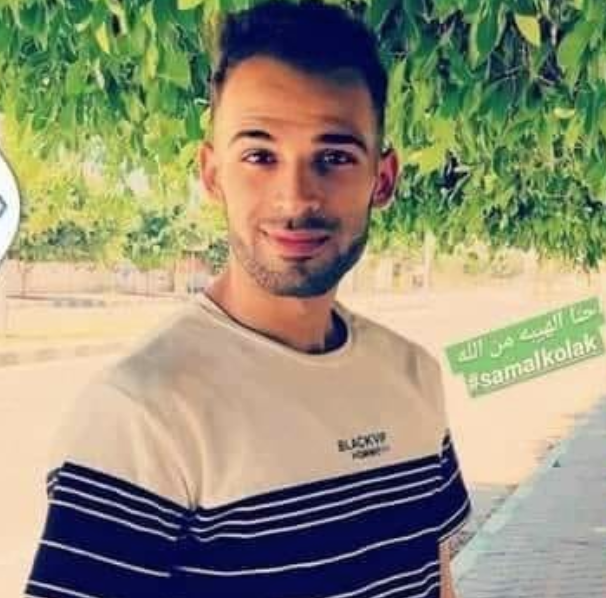
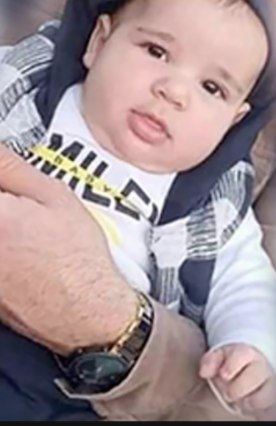
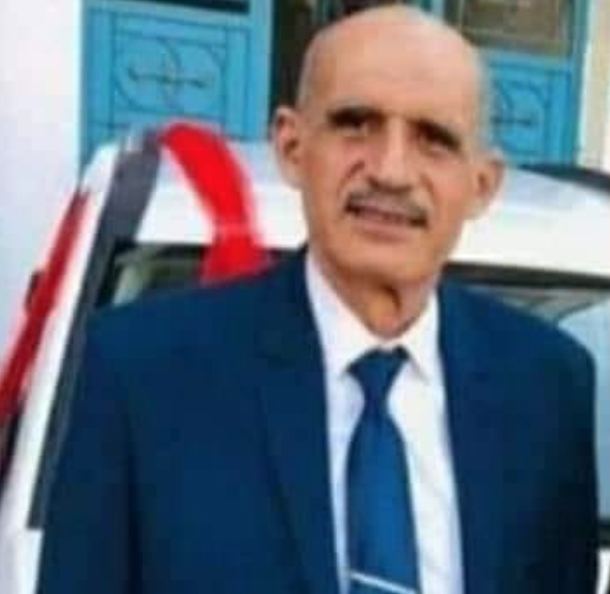

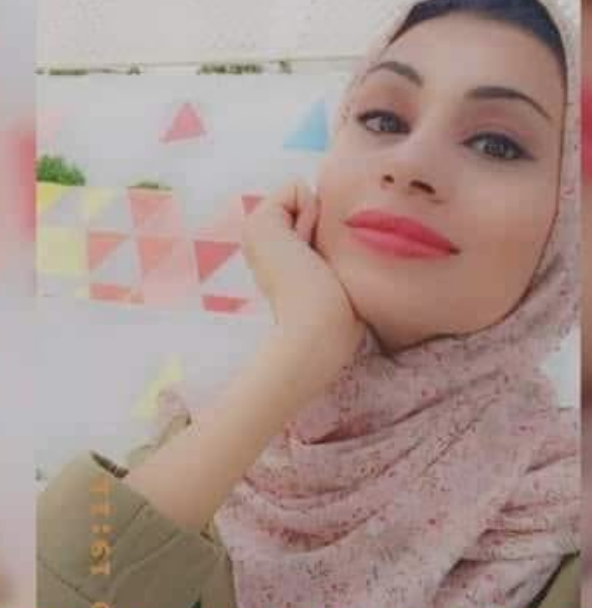
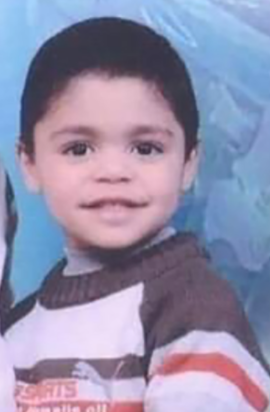

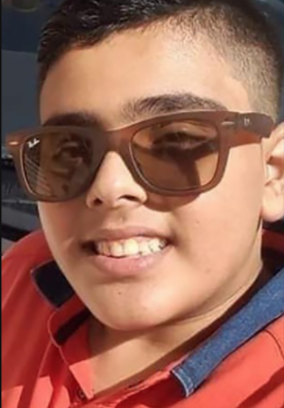

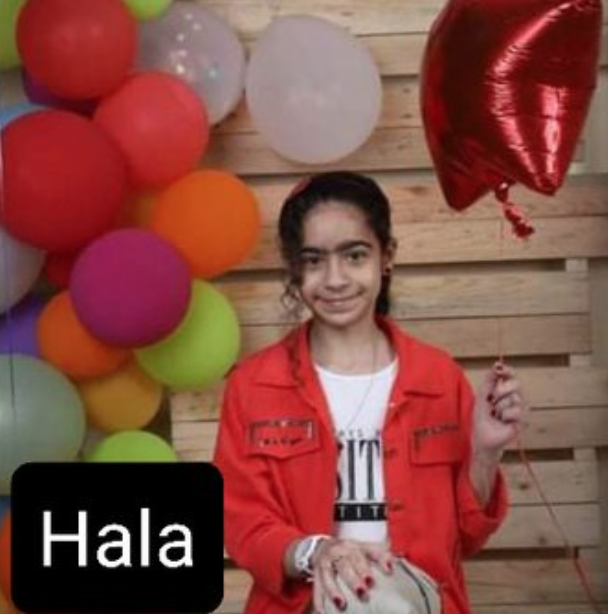

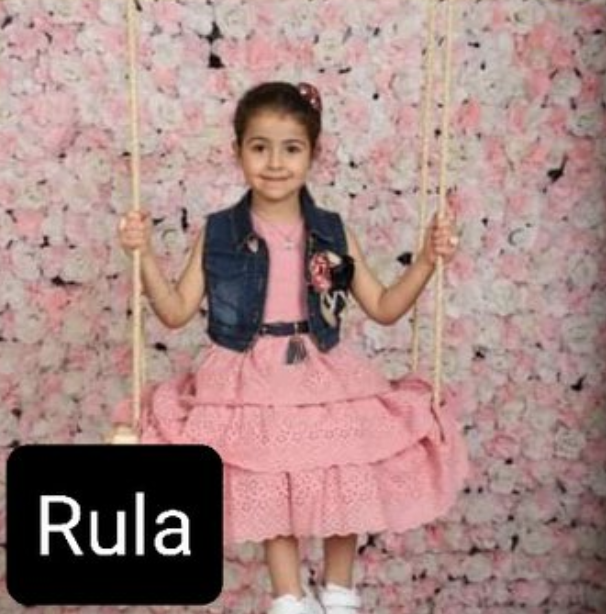
Family members (15)
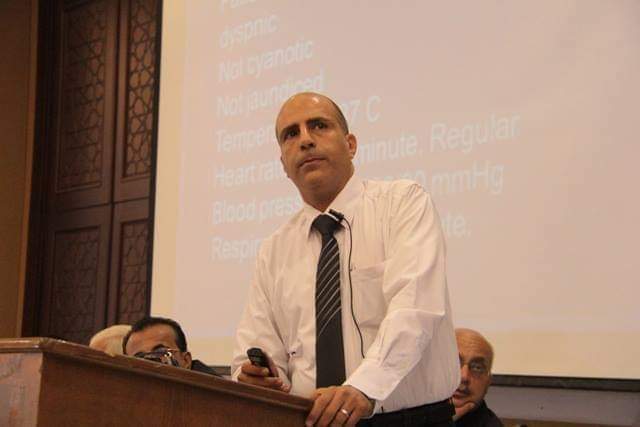


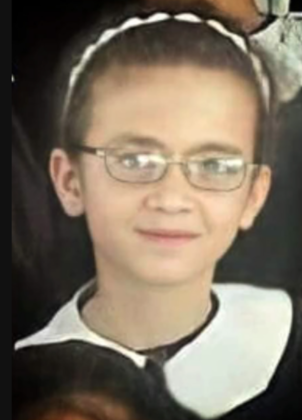
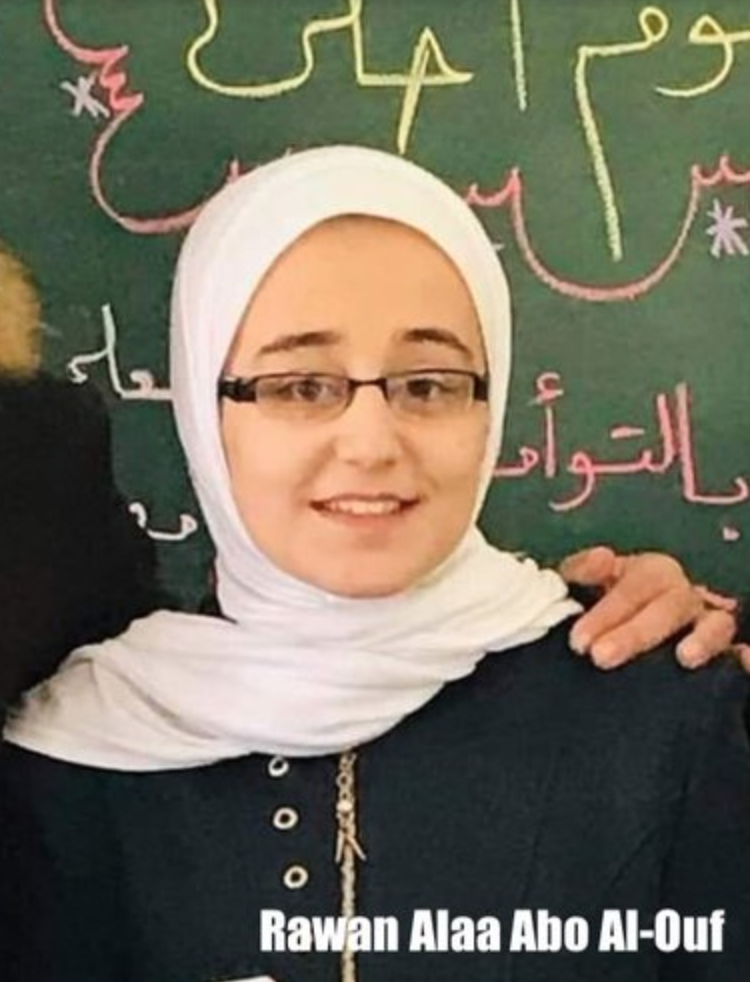
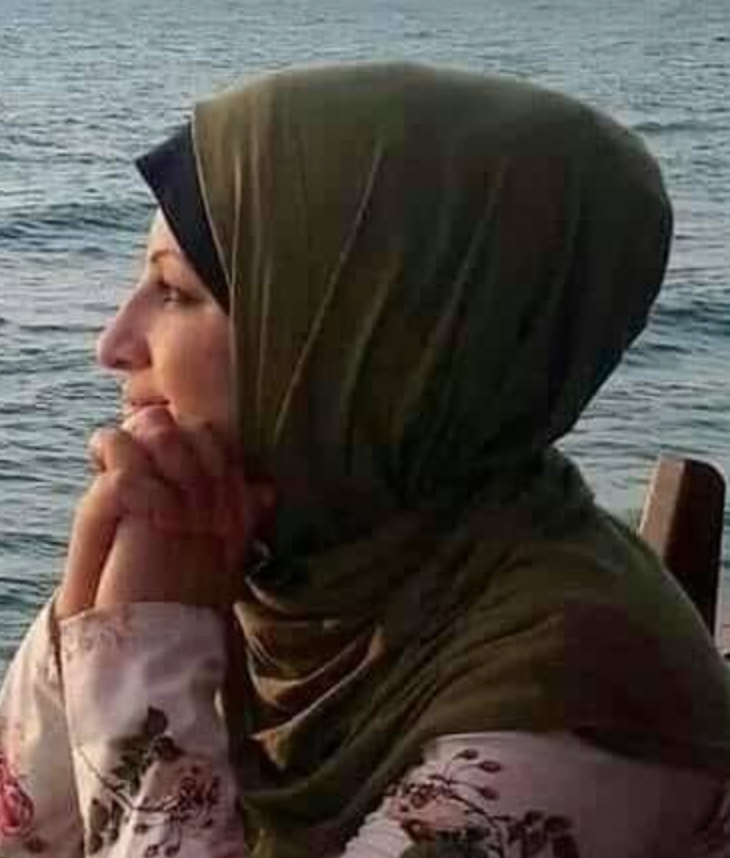
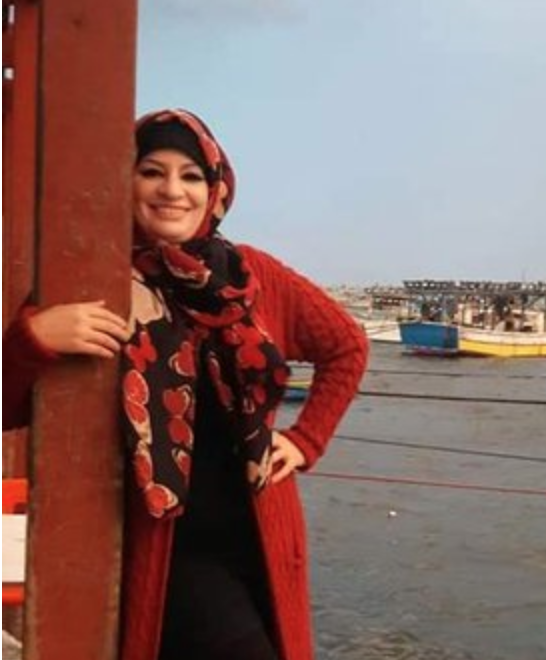

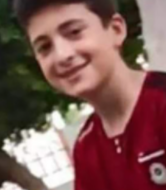
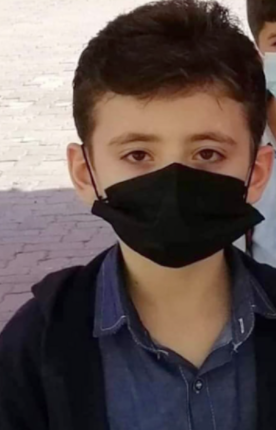


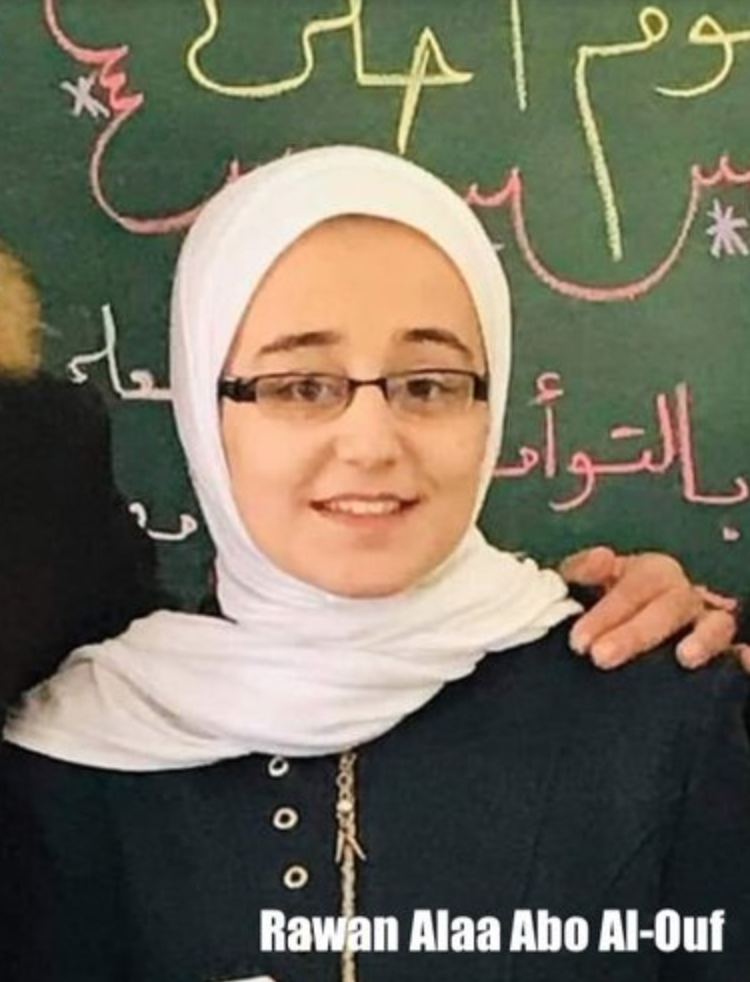
Family members (5)
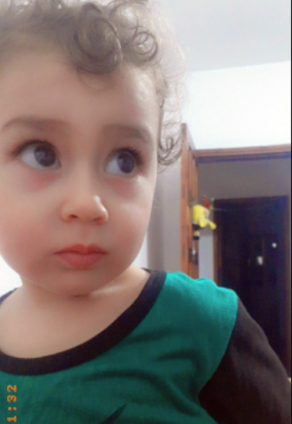
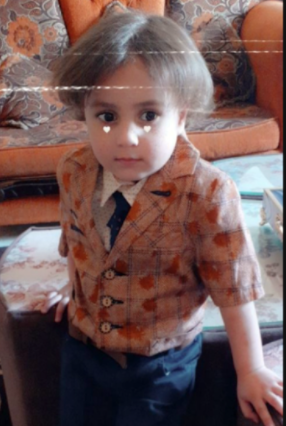

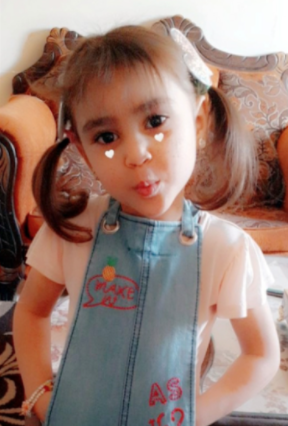
Individuals

Key Information
Geolocation Notes
Reports of the incident mention a residential building being struck in Al Wehda (الوحدة ) street. Analyzing audio-visual material from sources we have narrowed down this location to these exact coordinates: 31.520335, 34.448134.

Imagery: Planet
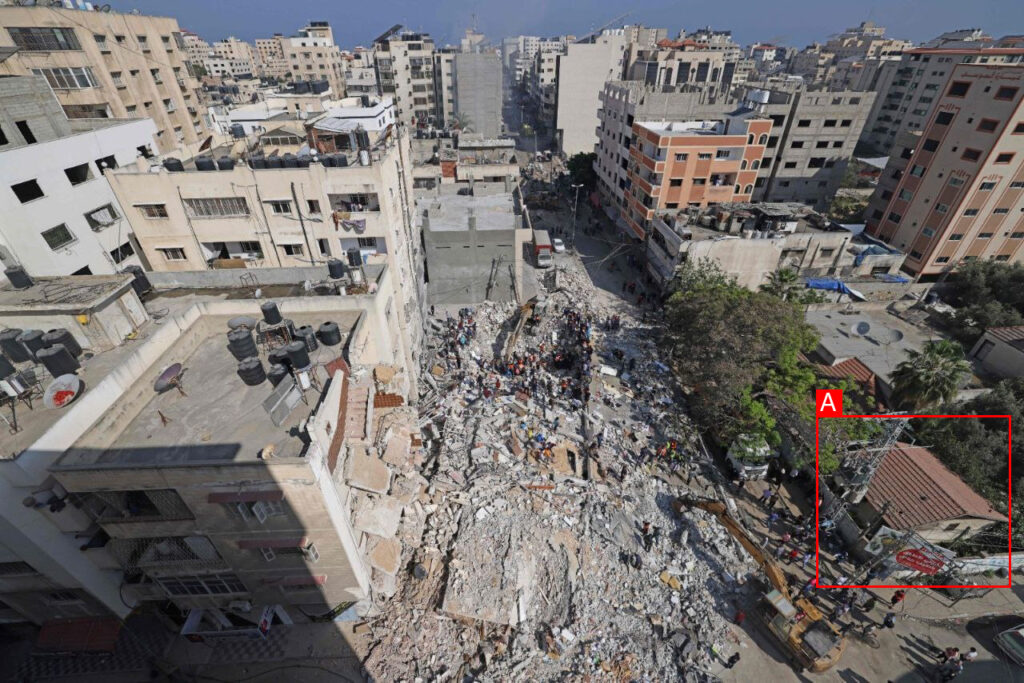
Tagged visual material from sources.
Imagery: Ismail Abualouf
